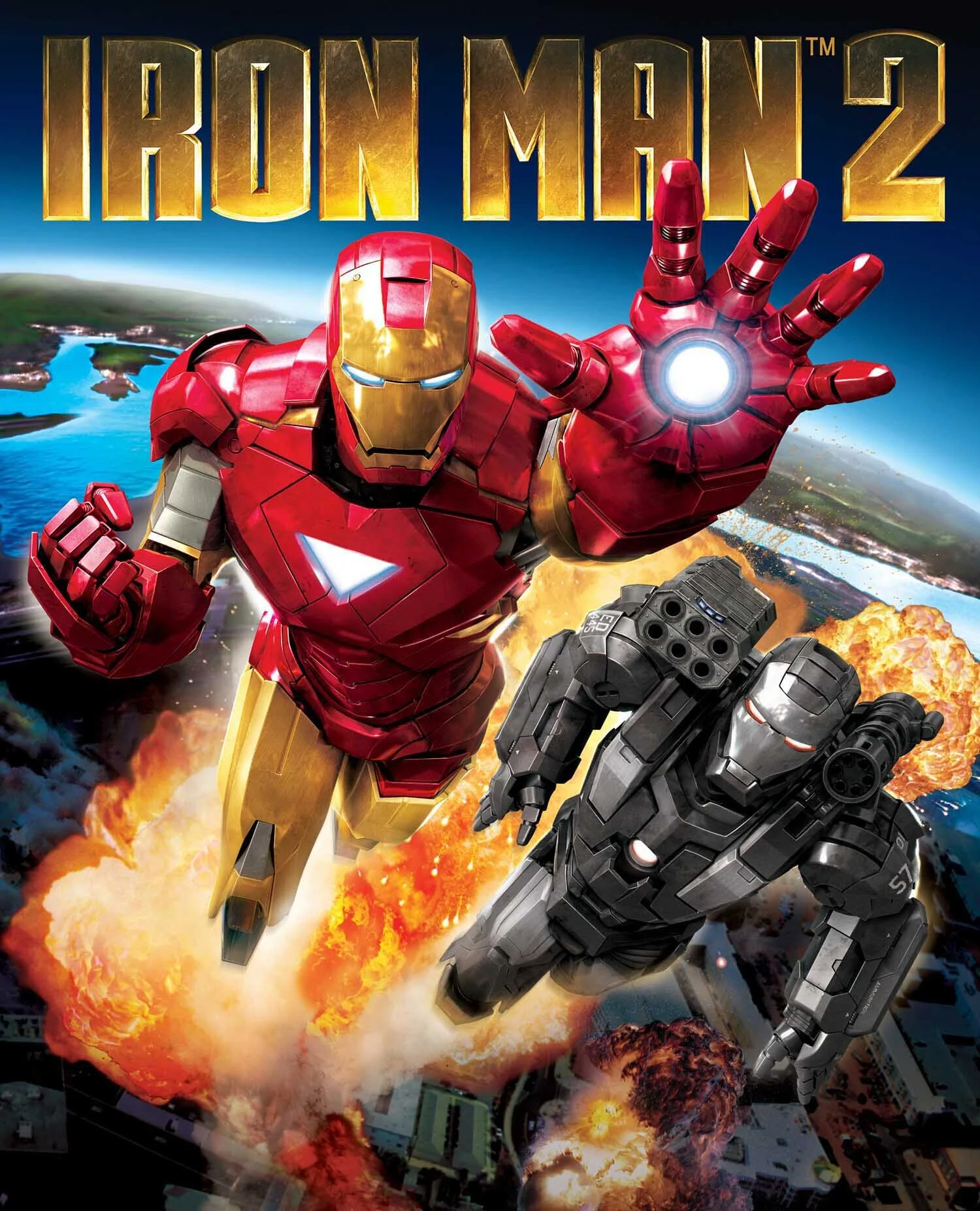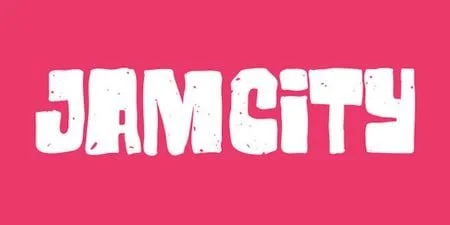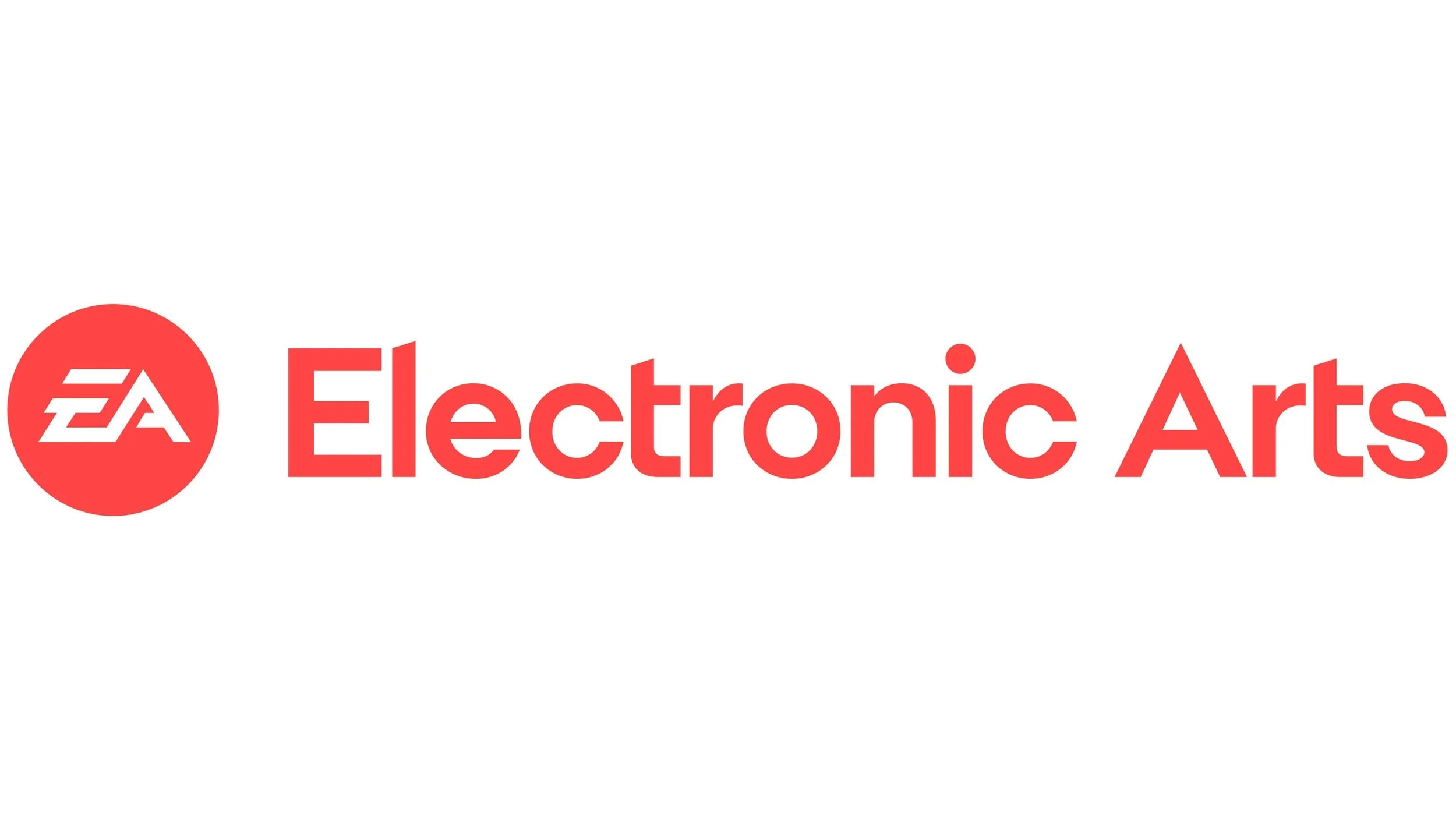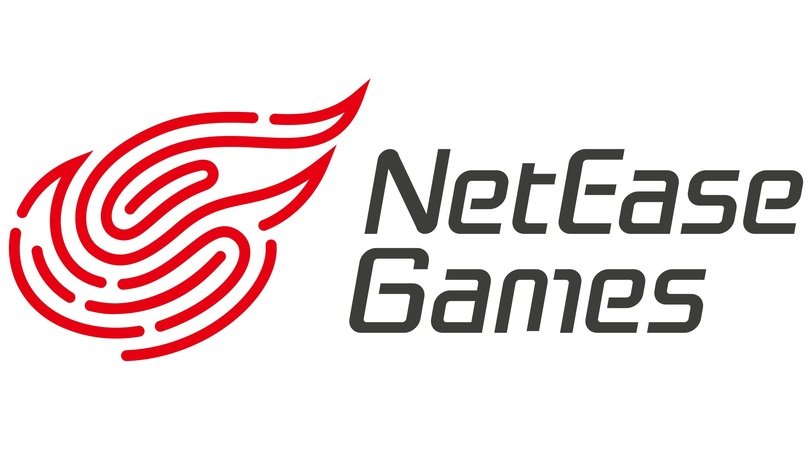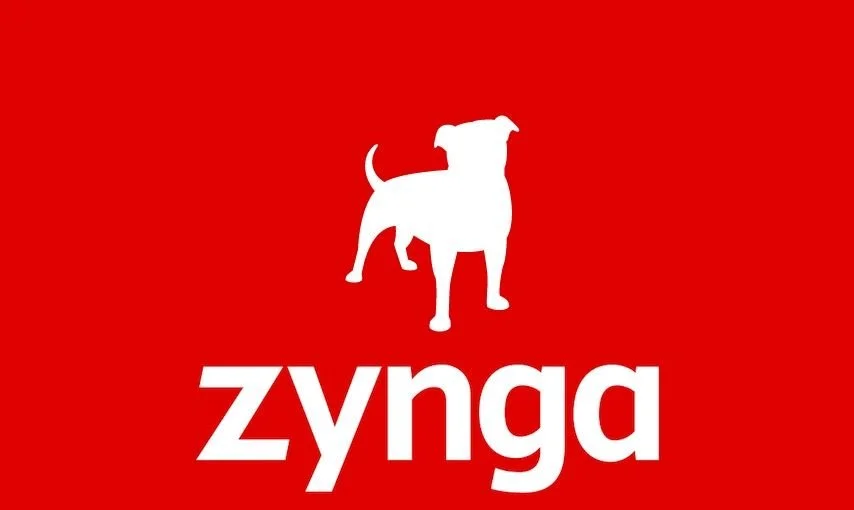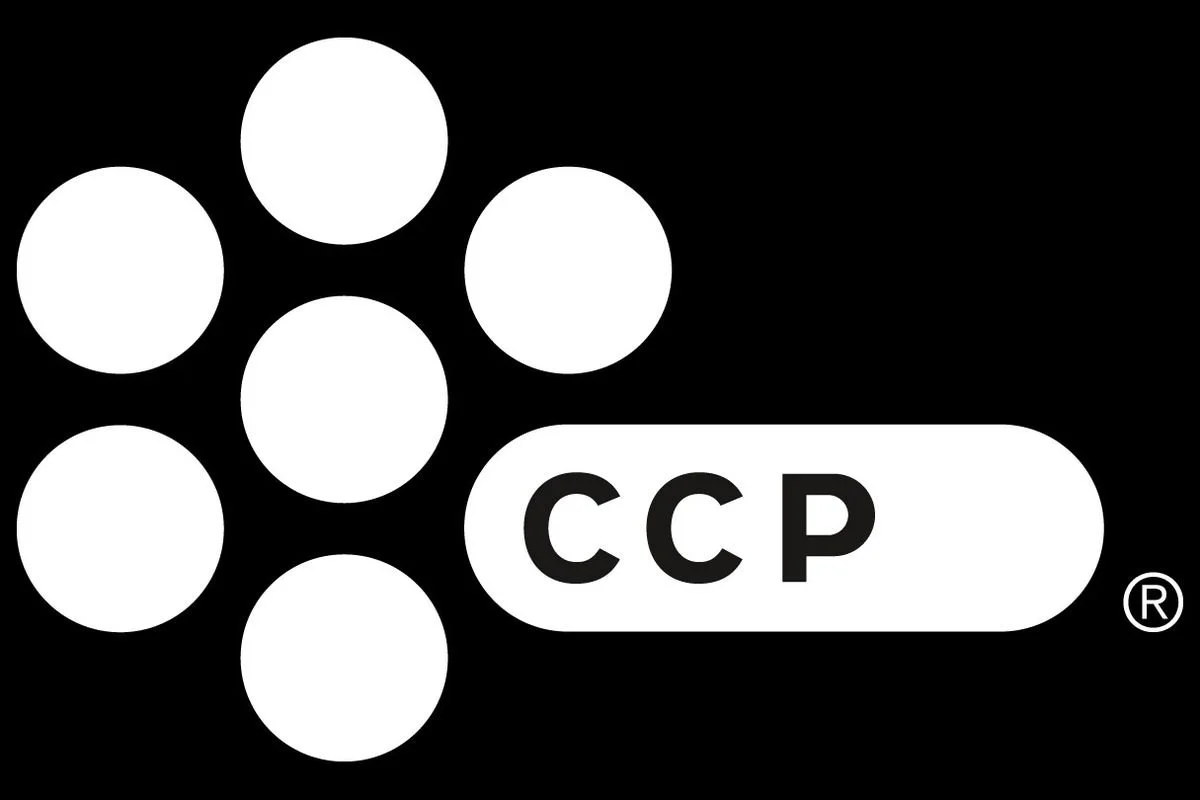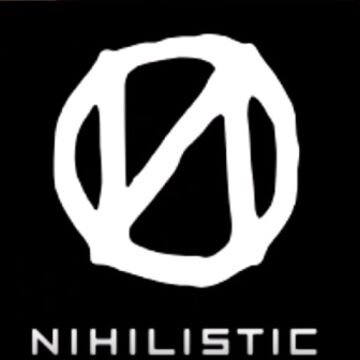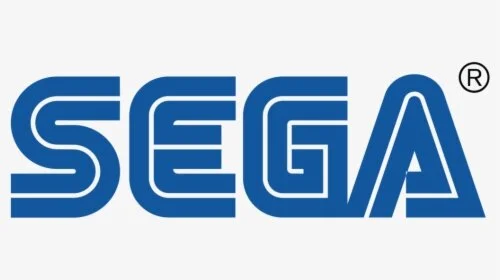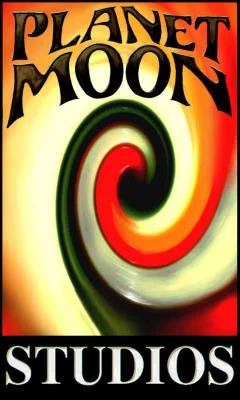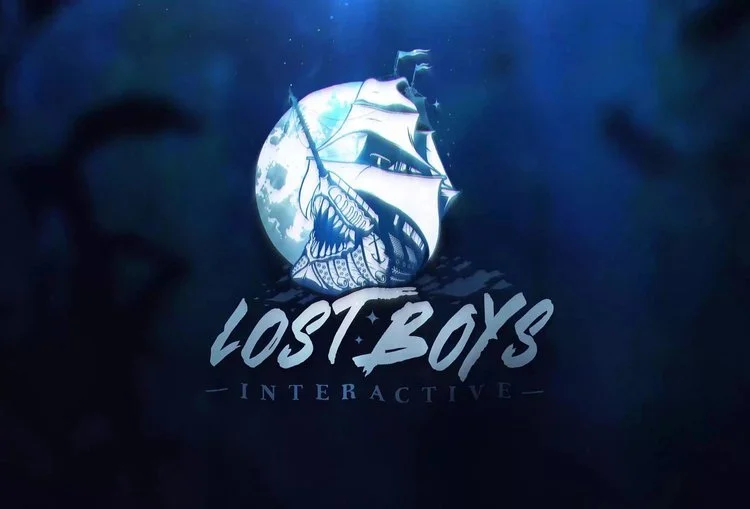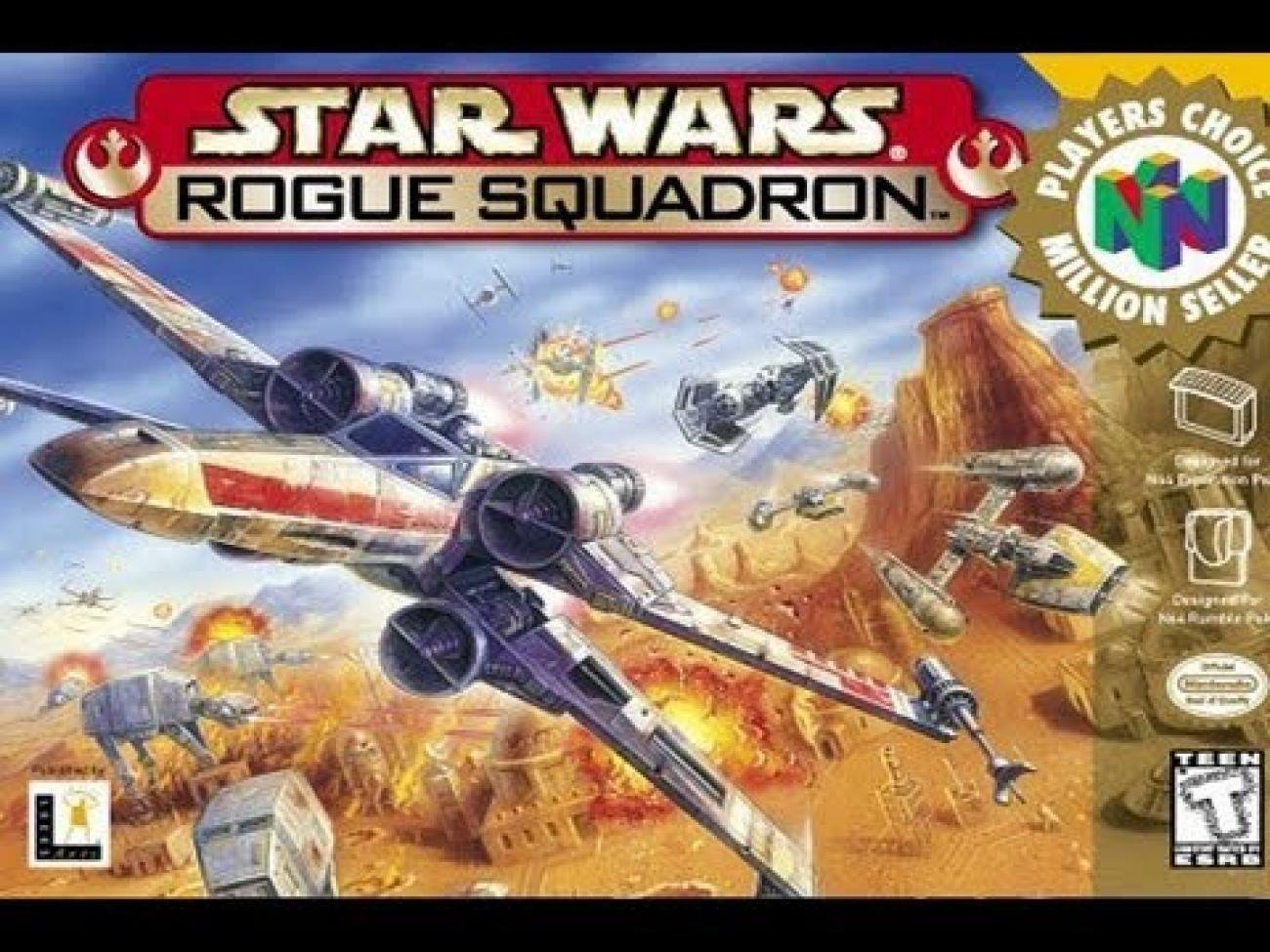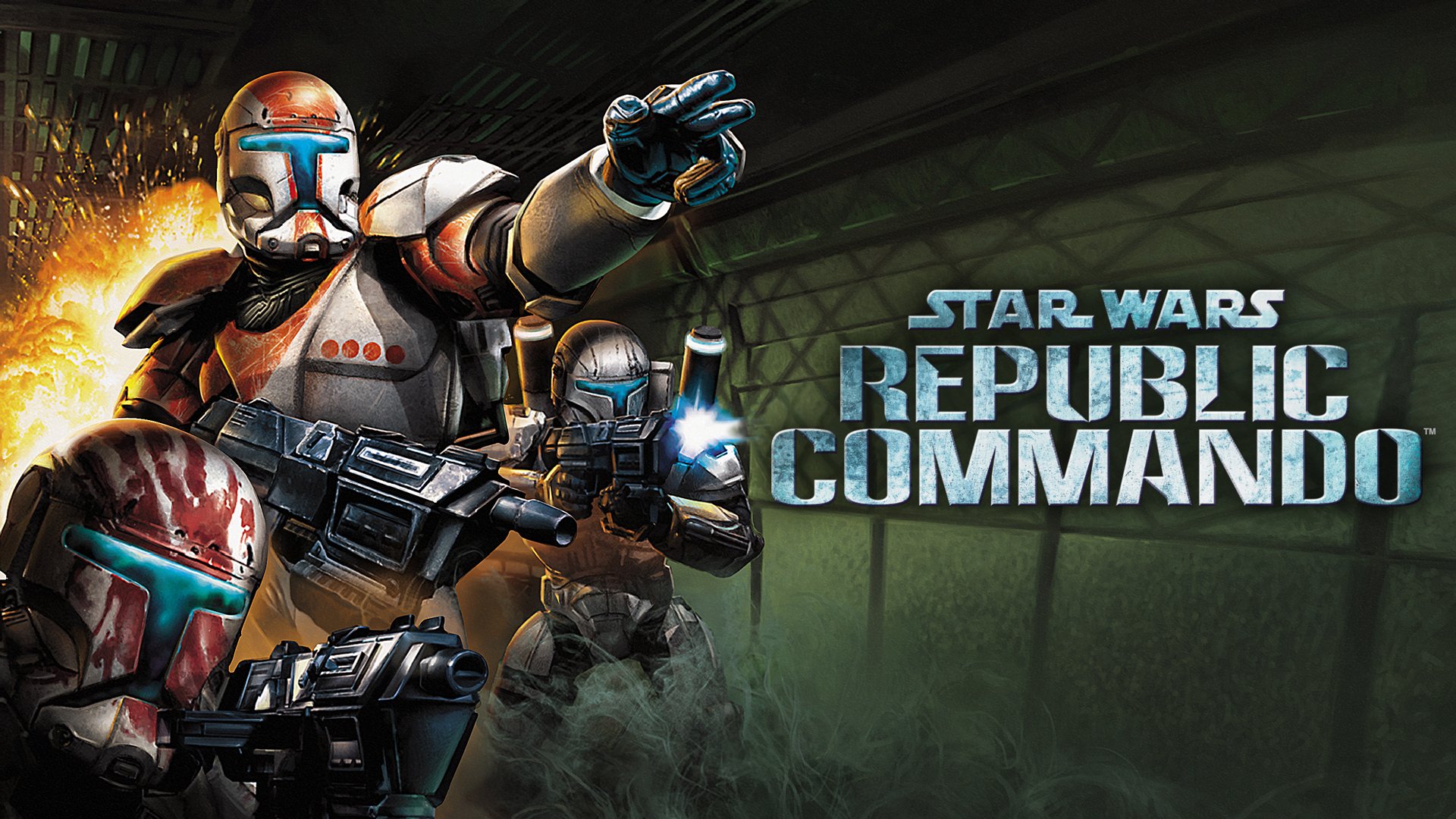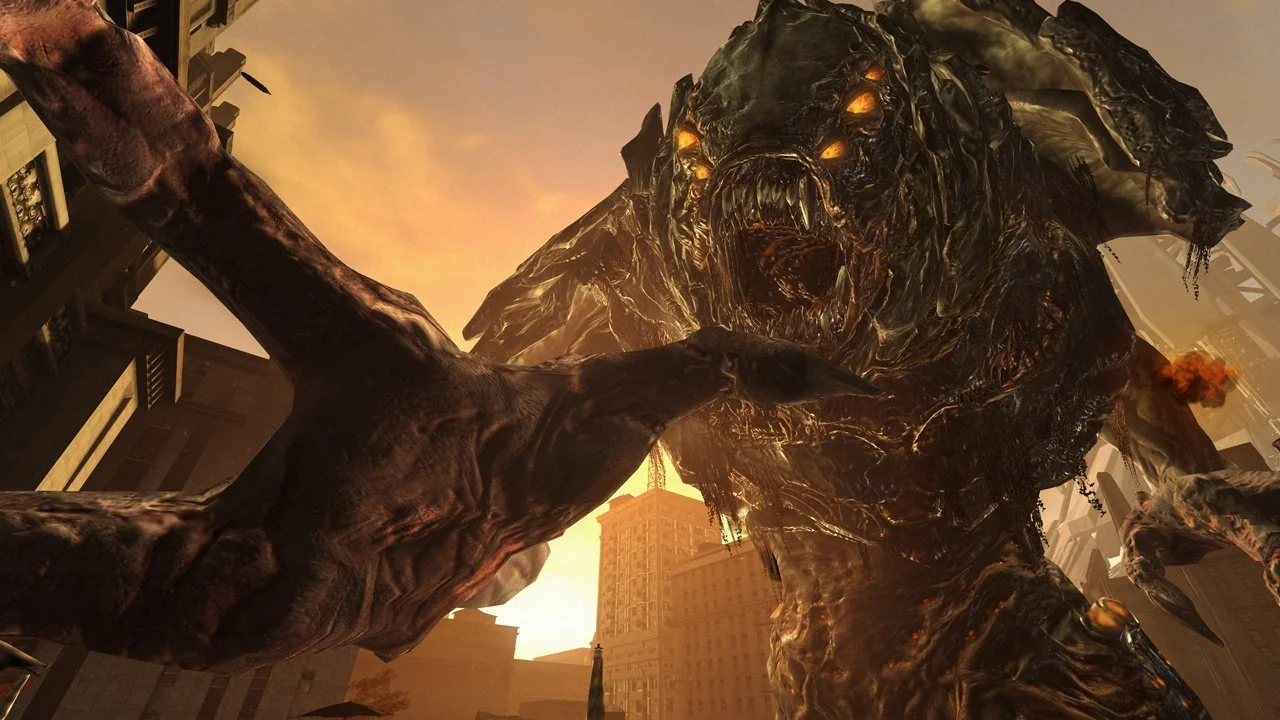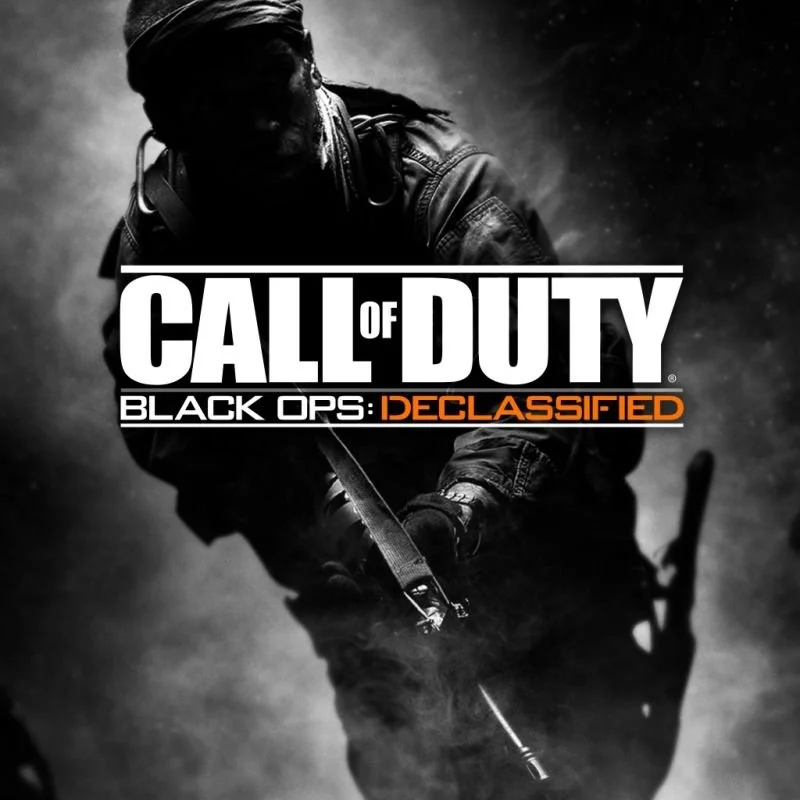Video Game Portfolio
Jeffrey Kung

Jeffrey Kung - Lead Level Designer/Design Director
HOW I GOT INTO THE GAMES BIZ
I went to school to pursue a degree in psychology and then to graduate school for my PhD in Clinical Psychology. All told, 11 years of undergraduate and graduate education and all I needed to finish was to do my dissertation. Then I’d be Dr. Jeffrey Kung, PhD Clinical Psychologist. However I never wrote my dissertation. I just couldn’t come up with a topic or research area that I was excited about and I just struggled for months, unable to come up with topic my PhD advisor could agree with.
My one constant in all of this head-banging I did on my dissertation was my hobby of building Doom and Doom 2 levels which I uploaded to the internet along with a .txt file with notes and my email with instructions for anyone who played my levels to please provide feedback. And back then, circa 1994, I got a ton of feedback from my players. I think it was during this time that I cut my teeth on level design as the feedback was all good and critical.
But my video game playing started years before in the late 70’s with the Atari 2600. In the early 80’s, my family got a hold of an HP 150, the “Touch Screen” computer (see the commercial here: HP 150). On this computer, I played “Adventure” and I played it to death. And then in 1983, I got the Nintendo Entertainment System and never looked back. Video games became an integral part of my life. But who actually gets into the industry and work as a game developer? I didn’t have the slightly clue.
Then came the first PC laptops that could actually run games like Doom. Between the home PC and the laptop, I could run LAN games and play Doom PvP Deathmatch with my friends. And then I started hearing about level design and Doom came with what they called the Doom Editor Utility. With this tool, anyone can make a level… create the geometry (BSP), texture it, create trigger planes, script up door openings, enemy placement, enemy movement, and entire encounters. This was where I fell in love with level design and what I kept doing as a hobby for more than a decade.
Fast forward back to the end of my graduate school days, I was still playing tons of games. I was deep into playing the Star Wars X-Wing and TIE Fighter series on PC as well as Doom and other 3D games. I was still building levels. I often posted solutions and help on the Doom bulletin boards and I taught my step-son how to build his own levels. But how could this be a viable career? My then girlfriend, now wife, told me I was miserable trying to write my dissertation and that I should just follow my heart and my dreams and work as a level designer. I told her I had no idea where to even start. To which she said that I just needed to figure it out. And so I did.
I marched right down to the Nelson Temp Agency, took their tests, and asked to be placed as a tester at a video game company anywhere in Marin. And so they placed me at Broderbund (the makers of “Where In The World Is Carmen San Diego)?” But at the same time, I also applied to Lucasarts as a QA tester. For a month, I didn’t hear anything form Lucasarts as I tested away at Broderbund. My first choice was to work for Star Wars, of course, so my time at Broderbund was spent with one foot out the door.
Finally, I got fed up with waiting to hear back from Lucasarts so I called up their front desk and asked for the name of the head of HR. I told the receptionist that I was a student at San Francisco State University and that I was writing a paper on human resources in large companies and how they deal with so many employees. And that was enough to get me the name of the head of HR. I printed out another copy of my resume and a cover letter addressed to her and a week later, I got an interview with the Lucasarts QA department.
And the rest is, as they say, history. I’ve been a Video Game Designer since October of 1996 and I’ve loved every minute of it. I think this was the right career choice for me.
Back Into AAA Games
Lost Boys Interactive
Joining Lost Boys Interactive was my first job back into the AAA market in a co-dev studio since my Zynga/NaturalMotion, NetEase, and Kixeye days. I was there from May 2022 through January 2024. And in those nearly 2 years, I was exposed to Unreal 4 and 5 for the first time in my career. I worked in Unreal 3 way back earlier in my career but Unreal changed drastically since those earlier days. I had a lot of catchup to do and I was game for it! Everything from environmental modeling to blueprint scripting, I had to learn in a crash course fashion. So I pulled a level designers aside to help me with all of the tools. My goal was 2 fold - to document all of the tools procedures and to learn all of these tools myself. The result was a comprehensive document delineating, step by step, how to build a level in Unreal for the first game I was assigned to.
What this created was as step by step instructional document for new level designers. With this document, they were able to follow it to create a fully functional test level complete with geometry/landscape layout, enemy placement/spawning, save/load trigger area, cover height compliant cover, and all of the Blueprint scripting for level load, level save, enemies killed, trigger setup for cinematics, trigger setups for player team advancing, flanking, and retreating, and eventually full scale production level creation.
This enabled a new level designer to concentrate on learning the tools on their own while allowing them time to ask more important questions about gameplay intent in each area of their level, overall gameplay philosophy, and generally not bogging down the team with nuts and bolts questions about how to work in the editor. This also freed up my time from real time tutorial lessons on how to use the editor and, instead, concentrate on providing feedback to a level designer’s work and to do daily play test reviews of their levels for quality, direction, and feedback. This approach helped me immensely in my previous jobs and lead and I hope to continue doing so in my future endeavors.
I joined Jam City, Culver City in August 2021. The opportunity that Jam City afforded me was too much to pass up. I was able to join the team before any level designers had been hired so I was able to help shape how the level design team would be built and how we would tackle creating high quality adventure levels for a game that hopefully would take off as an evergreen mobile title set in the Avatar universe.
I documented our tools systems as well as procedures and methods in making our Avatar game from a level design perspective. Actually helping to grow and add features to the existing tools was extremely rewarding. Working with the engineering team and providing insights about new tools, different ways of organizing assets, and making quality of life changes was such a pleasure. They got it!
Working on an Avatar game was challenging, as is with any 3rd party IP client. And because it was based off of a movie that was not yet released, approvals werethat much more difficult. We were not allowed to receive any information, art, or image from the new movies which made asset approval very difficult. Eventually, though, trust was built between the developers and the movie people and our approval time for assets was reduced significantly.
BEFORE Jam City
LUCASARTS ENTERTAINMENT COMPANY
My time before Glu Mobile took me to many more studios than I had ever anticipated I would work at. Its part of the given with working in the video games industry; there are layoffs and studio closures all the time. My stint at Lucasarts was about 8 years and during that time, who knew that would be my longest stint in any one studio by a long shot. In all, I have been in 13 studios, 6 of which closed while I was there or soon after I left, laid off of 1 studio, and walked away from one more. But I was lucky enough to have shipped 18 games total with 3 that never saw the light of day.
My Lucasarts days were some of the most fun I’ve had and a source of some of the most frustrating times as I was learning how to be a professional level designer. I got to work on some of the most awesome IPs in the industry including Star Wars Rogue Squadron, Republic Commando, and Jedi Knight - Mysteries of the Sith. There were also some of the more quirky games like Armed And Dangerous that ended up being so much fun to work on.
The biggest takeaway from Lucasarts, in terms of my career and profession, was I learned how to create a narrative while building out a level. Often, while building a level, I can get tunnel visioned with putting together the geometry of the level, texturing the level, and adding in props (yes, in the olden days, level designers had to do a lot of the heavy lifting in not just creating the moment to moment gameplay but also the environment where the gameplay took place. But I’m getting off track here). So to stay on track with the happenings in the level, I constantly ran a narrative in my head. Kind of like an internal story-telling that kids do as they play in the sand. To me, this was the best way to enact the scene without actually playing the level. It also helped me discover future bugs in the scripting logic that I would not have found had I not pretended to play the level as I went along.
When the big purge of 2004 came along, I was on my last project with Lucasarts. It was on Republic Commando. I probably had the most fun working on this project as a designer. This was also my first stint as a systems designer, tuning enemy health and damage; player and squadmate’s health and damage, weapon balancing, and controller mapping and tuning. I had never done these tasks before but it was a lot of fun learning and I received tons of feedback from teamates that helped me tune better enemy and friendly characters and their weapons. As the end approached, it was clear that we just needed a bit more time to finish the game before being laid off. So the company offered a finishing bonus and extended all benefits and pay up through the completion of the game. I don’t think anyone left the team. Everyone stayed on board to finish out a game that everyone poured so much energy, creativity, and heart into. I’m so grateful we got the chance to finish one of the best project I ever worked on.
PLANET MOON, TOTALLY GAMES, & SEGA SAN FRANCISCO
While in the last stages of Republic Commando, I contacted Planet Moon, the studio that was contracted with Lucasarts to make Armed and Dangerous for which I was made the defacto lead level designer, for a job exclusively with Planet Moon. Sure enough, they needed a lead designer and hired me right away for a new game on a brand new platform: Infected for the Sony PSP. This would be my first stint as a full lead on a brand new project. In retrospect, I can honestly say that I was completely over my head. I honestly didn’t know how to be a lead and push for features, support, and advocate for the gameplay I was hired to create from the ground up. But it wasn’t just my inexperience that made my time on the project less than optimal. The game editor and engine was late on being delivered to us in a working state for the PSP. For most of my time on the project, I had nothing to build levels in. Needless to say, I was faced with a permanent uphill climb with no respite in sight. Luckily, we were able to crank out a game with many, many late nights of over time work and ship it to player’s hands.
At the end of Infected’s production, I was cold contacted by a recruiter for Totally Games, the makers of X-Wing and TIE Fighter. A chance to work with Larry Holland who made two of my favorite games of all time? Of course I wanted in and in a matter of weeks, I ended up joining the Totally Games team.
At Totally Games, I was soon promoted to Design Director and lead several projects including Alien Syndrome and Dora The Explorer: Dora Saves The Mermaids. Alien Syndrome was an action RPG with tons of levels and fighting on the Wii. Dora the Explorer was my first and only children’s game and what an unexpected challenge that was! No fail conditions on any of the puzzles, yet they needed to be engaging and fun at the same time.
Next up was Sega San Francisco where we made and crunched heavily to complete Iron Man 2. On this project, I ended helping not only complete 3 of my own levels but I was tasked to help clean up and fix several other levels as well. In addition, I spearheaded an effort to bring visual 2D scripting to our proprietary level editor. With my knowledge of how Kismet operated, I worked with the lead tools engineering to come up with a tool that was very similar to Epic’s Kismet. This tool allowed the level design team to accelerate their productivity by at least 2 to 3 times based on the amount of work done in similar milestones.
Nihilistic Software
Nihilistic was an amazing time in my career for several reasons. This was a crew of extremely dedicated developers hell bent on creating the best possible gameplay experiences as possible on exciting, new platforms. We created games for the Playstation Move and the Playstation Vita.
The game we made for the Move was Playstation Move Heroes, a 3rd person adventure/puzzle/platformer that utilized the motion controller for the Playstation. Each character had their signature moves and so we designed levels to take advantage of these moves as well as to stump players trying get through these levels.
Our next two titles, Resistance: Burning Skies and Call of Duty - Black Ops: Declassified were built for the Playstation Vita, a handheld gaming device, touted to be a PS2 in your hands. While the device didn’t live up to the hype, we attacked the challenge head on, making two, massive first person shooters with player vs player modes for both games.
It’s really too bad that nobody will be able to see or appreciate the amount of work that went into these two games. We had to figure out ways to fit these huge levels into the tiny memory footprint of the PS Vita. Everything from creatively “air locking” players into small, bite sized sections of a level and linking these chunks together seamlessly so that we can load and unload only small sections of the game at a time was extremely challenging. It took a lot of planning and design to link these sections together.
What we learned about this process in Resistance: Burning Skies, we applied directly to CoD-BOps: Declassified and perfected the process. Personally, I think we ended up with 2 extremely well done titles on a tight memory footprint and less than optimal marketing conditions.
Glu Mobile / Electronic Arts
I was the Lead 3D Level Designer at Glu Sports, Foster City. We were part of Glu Mobile (which was headquartered in San Francisco) with a brand new office space in Foster City. Unfortunately, none of us were working at any of the Glu Mobile offices. Instead, we are all working from home. But this didn’t slow us down or put a damper on our progress. In fact, our productivity as a team had gotten even better during this pandemic.
Later, during the pandemic, Electronic Arts (EA) purchased Glu Mobile for $2.1 billion and hence, we are all EA employees.
Still, we were all pushing forward with Deer Hunter World making huge progress towards a final product that we would all be very proud of. I tried to employ best practices for our level design team. For example, we often use grey boxes to test out potential gameplay setups or to prove out how each unique weapon can have its own set of levels to help that weapon type shine. We held regular play tests and critiques of each other’s work, provided constructive feedback, and helped each other improve our levels with the player’s perspective in mind.
I also encouraged the level design team to document our processes frequently. When a new level designer joins the team, we just point them to our process documents and our new level designers learn the tools and were able to create a basic level in just a couple of days. That freed up a ton of time for more Deer Hunter specific gameplay training.
As far as studio culture goes, we had a very tight knit work family. Even though all of our business was conducted over Zoom, email, or chat programs, we were still very much involved with each other’s work. During the pandemic, I have discovered that working remotely has several advantages.
There’s so much more time for myself in the day because I don’t have to commute to work anymore. My round trip commute time used to be 2.5 hours everyday.
If I need to do extra work, I can just get up a bit earlier and smash the work with 0 commute time.
With regular check ins, I can keep up to date with what my team is working on. I can also hear issues they might have with regular small check ins with everyone.
Level reviews are best done if everyone can play at the same time on device, especially since Zoom has a hard time streaming video across its bandwidth.
I feel that my career has taken off well here at Glu Mobile and that the leadership team totally supported my growth and responsibilities. I am so grateful for this opportunity to have worked with such a great team of game makers. It made waking up and rolling over onto my computer everyday a joy.













